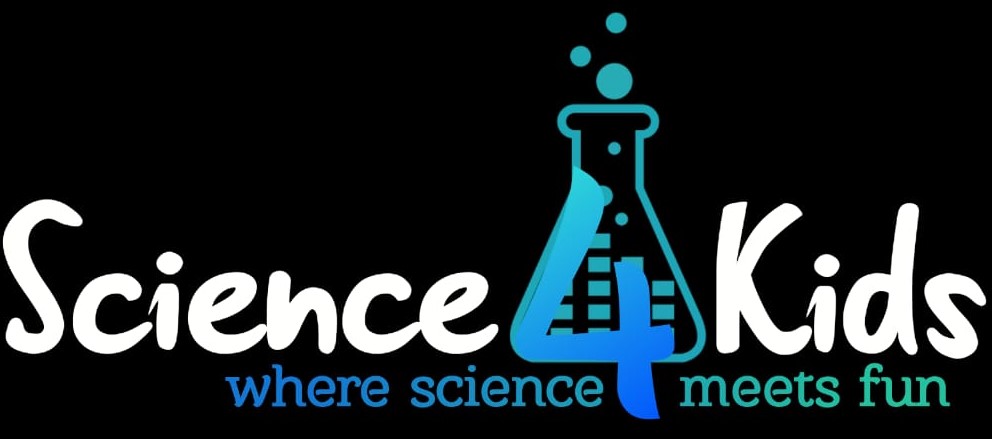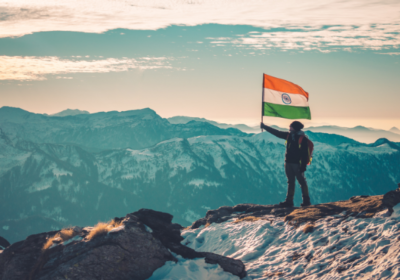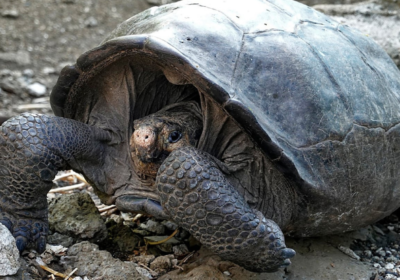A vast area of multi-colored coral reefs, some of it under water, and some protruding over the surface as small islands! We are talking about the Great Barrier Reef in Australia. It is an incredible natural structure located off the coast of Queensland in Australia. This UNESCO World Heritage Site has many colorful facts to amaze us with. Shall we read about some of the Great Barrier Reef facts?
World’s Largest Coral Reef System
This is something that many of us might already know. Great Barrier Reef is largest of its kind in the entire world. It has over 2900 individual reefs and 900 islands, and stretches for an area of 340,000 square kilometers approximately. It is like a small nation existing out there in the ocean!
Biggest structure made by living organisms
While searching for Great Barrier Reef facts, we come across this unique aspect of the Reef that it is made up of living organisms. But we have never heard of a coral reef moving from place to place. So what exactly are these coral reefs?
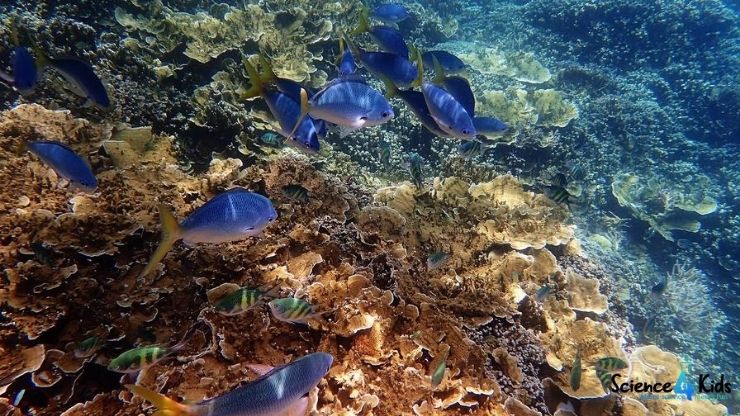
Coral reefs are made up of tiny organisms known as coral polyps. They are sessile organisms, which means that they are immobile. Coral polyps are soft-bodied tiny structures. They secrete an outer skeleton which is made up of hard calcium carbonate. This outer covering attaches itself to rocks or to other polyp skeletons. This is how they remain in one place.
An astonishing ecosystem
A wonderful aspect of Great Barrier Reef is that it supports thousands of diverse life forms. Coral reefs are living organisms, and they aid millions of other organisms in their survival. It is a world in itself. Hundreds of rare species of marine beings such as humpback whales, humpback dolphins, sea turtles, sea snakes, and salt water crocodiles thrive in the Reef. Several bird species are regular visitors to the islands in the Reef.
Great Barrier Reef is visible from space

There are only a few sights which the astronauts have been able to identify from the outer space. The Grand Canyon, the Great Himalayas, and a few more. Great Barrier Reef is one among the spectacular sights visible from the outer space. It is also the only living structure that astronauts see from high up in the space.
Who discovered the Great Barrier Reef?
Among all the Great Barrier Reef facts, the most important one is about the person who discovered it. Although it is known that the aboriginal Australians knew about the Reef, it was the great British explorer Captain James Cook who made the first recorded discovery.
Cook and his crew were on a voyage when his ship ran aground on the Reef. They were stuck on the reef for an entire day. The crew had to abandon some of the cargo so as to free the ship from its clutches. This discovery led to more explorations and scientific investigations surrounding this region.
Coral reef and algae

Coral reefs in the Great Barrier Reef look splendid in different colors and hues. We have seen pictures of the coral reefs shining in bright pink, green, or blue colors. Do you know what gives them these colors? They are due to the presence of marine algae.
Coral reefs have a symbiotic relation with algae. Coral polyps allow the algae to grow inside their tissues. So the algae get a protected place to live, and in turn they supply the essential nutrients to the coral polyps. The bright color is an additional contribution by the algae to corals.
Coral bleaching – Threat to the Great Barrier Reef
Though the Great Barrier Reef is one of the most fascinating natural occurrences, it is a sad fact its existence is in grave danger. Coral bleaching is the biggest threat faced by the Reef. The process by which coral polyps expel the marine algae that survive inside their tissues is known as coral bleaching. Marine algae are essential to the survival of coral reefs. Loss of algae means the gradual death of coral reefs.
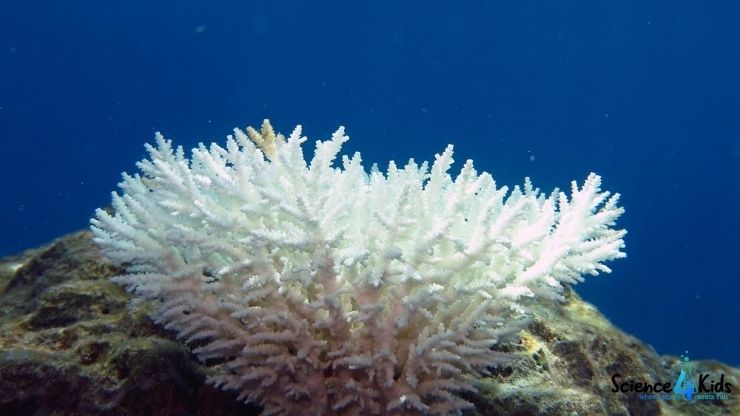
When the ocean temperature rises, coral reefs react by expelling the algae inside them. Bleached corals starve due to lack of nutrients. Though the reefs do not die immediately, they lose their color and turn white. Some corals perish, while others eventually survive.
Did you enjoy reading about the Great Barrier Reef facts? Head to our Fascinating Facts section, and you will find a lot more.
Here’s Something You Might Like
As a participant in the Amazon Associates Program, Science4Kids may earn from qualifying purchases.
